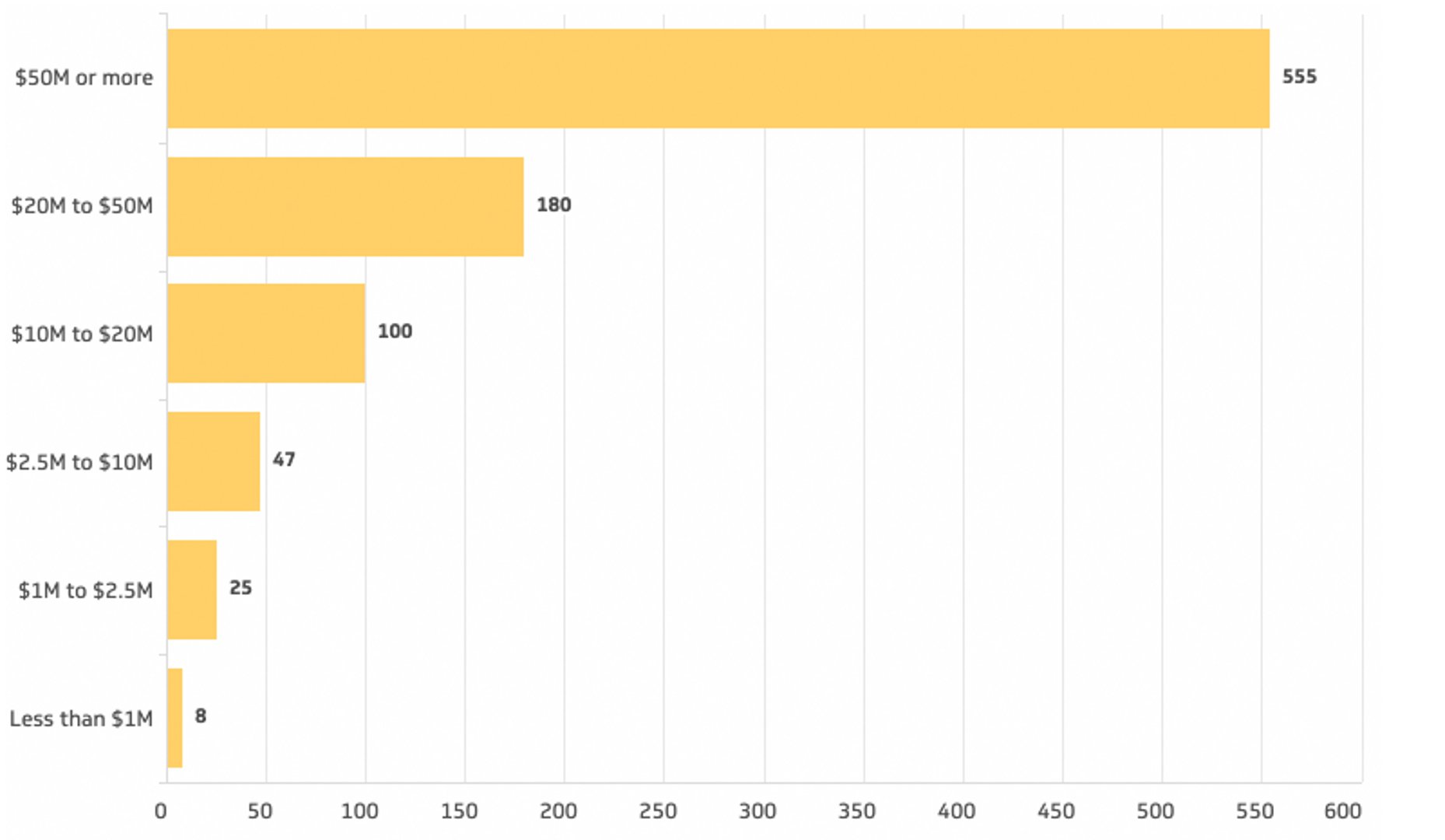Full-Time Equivalents (FTE)
Last updated: Aug 25, 2025
What is Full-Time Equivalents?
Full-Time Equivalents (FTE) is a standardised workforce measurement that converts all employee types—full-time, part-time, contractors, interns, and temporary workers—into equivalent full-time positions. This calculated metric provides a unified view of your total workforce capacity by expressing everyone's contribution as fractions of a standard full-time schedule (typically 40 hours per week or 5 days). Unlike simply counting heads, FTE gives you the true picture of your organisational capacity and enables accurate cross-company comparisons regardless of employment structure.
Full-Time Equivalents Formula
How to calculate Full-Time Equivalents
Let's say your company has the following staffing arrangements: - 10 full-time employees (40 hours/week each) - 1 bookkeeper (16 hours/week, 2 days) - 1 student intern (24 hours/week, 3 days) - 2 part-time customer service reps (20 hours/week each) FTE Calculation: - Full-time employees: 10 × 1.0 = 10.0 FTE - Bookkeeper: 16 hours ÷ 40 hours = 0.4 FTE - Student intern: 24 hours ÷ 40 hours = 0.6 FTE - Part-time reps: 2 × (20 hours ÷ 40 hours) = 1.0 FTE Total FTE: 10.0 + 0.4 + 0.6 + 1.0 = 12.0 FTE This means your 14 individual workers provide the equivalent capacity of 12 full-time employees. N.B. Base your FTE calculations on consistent time periods (weekly/monthly) and clearly define your full-time standard. Include all worker categories that contribute to business operations, but maintain consistent classification criteria. Some organisations calculate FTE monthly to account for seasonal variations, while others use annual averages for strategic planning.
Start tracking your Full-Time Equivalents data
Use Klipfolio PowerMetrics, our free analytics tool, to monitor your data.
Get PowerMetrics FreeWhat is a good Full-Time Equivalents benchmark?
Industry Variations: - Professional Services: Average 1.1-1.3 FTE per employee (high full-time concentration) - Retail: Often 0.6-0.8 FTE per employee due to part-time scheduling needs - Healthcare: Typically 0.8-1.0 FTE per employee, varying by facility type - Manufacturing: Usually 0.9-1.1 FTE per employee (shift work affects ratios) - Technology: Generally 1.0-1.2 FTE per employee (high full-time, some contract surge) Company Size Patterns: - Startups (1-25 employees): Often 0.95-1.0 FTE per employee (mostly full-time) - Small Business (26-100): Typically 0.8-0.9 FTE per employee (more flexibility) - Mid-size (101-500): Usually 0.7-0.85 FTE per employee (optimised staffing mix) - Large Enterprise (500+): Often 0.65-0.8 FTE per employee (sophisticated workforce strategies) Growth Stage Insights: Early-stage companies typically have higher FTE-to-employee ratios as they prioritise commitment and culture building. As organisations mature, they often develop more sophisticated staffing models, leading to lower ratios but higher operational efficiency. Companies in rapid growth phases may see temporary FTE ratio increases as they convert contractors to permanent staff. Performance Benchmarks: - Revenue per FTE: Varies dramatically by industry, from around $100,000 in retail/hospitality to $500,000+ in capital-intensive sectors like energy and telecommunications - Technology Sector: Private SaaS companies median around $130,000 per employee, while public SaaS companies achieve median $283,000 per FTE - Professional Services: Architecture firms average $171,000 net revenue per FTE - High-performing organisations: Often achieve 10-20% higher revenue per FTE than industry averages - Efficiency leaders: Typically maintain consistent FTE ratios while scaling revenue
Full-Time Equivalents benchmarks
Number of Full Time Equivalent (FTE) Employees by ARR

More about Full-Time Equivalents
FTE serves as the foundation for critical business decisions around productivity measurement, cost planning, regulatory compliance, and strategic workforce allocation.
How FTE Works
FTE converts diverse work arrangements into a single, comparable unit. A full-time employee equals 1.0 FTE, while part-time workers contribute fractional values based on their hours relative to your full-time standard. For example, someone working 20 hours when full-time is 40 hours contributes 0.5 FTE.
Financial Applications
FTE is essential for meaningful financial analysis and benchmarking. Key applications include:
- : Your most accurate productivity measure, normalising for workforce mix
- : True workforce investment including all employment types
- : Bottom-line efficiency across different staffing models
- Budget planning: Accurately forecasting workforce costs and capacity needs
Regulatory and Compliance Significance
Many jurisdictions use FTE thresholds for legal obligations and programme eligibility:
- Employment standards legislation often kicks in at specific FTE levels
- Government grants and tax incentives frequently use FTE requirements
- Healthcare and benefits mandates may be triggered by FTE counts
- Reporting requirements for public companies often specify FTE metrics
Strategic Workforce Planning
FTE enables sophisticated workforce analysis by revealing the true capacity contribution of your mixed employment model. This is particularly valuable for organisations using flexible staffing strategies, allowing leaders to optimise their blend of permanent, part-time, and contract resources while maintaining operational efficiency.
Read more about how to think about FTEs and what implications this has as you grow your business, check out this article from Small Business.
Full-Time Equivalents Frequently Asked Questions
Should I include contractors and freelancers in my FTE calculation, and how do I handle project-based workers?
Yes, include all workers who contribute to your operations, but be consistent in your approach. For ongoing contractors, calculate FTE based on their regular hours. For project-based workers, you have two options: calculate monthly FTE (including project workers in active months) for operational planning, or use annual averages for strategic analysis. The key is consistency and clear documentation of your methodology. This inclusive approach gives you the most accurate picture of your total workforce capacity.
How can I use FTE data to make better hiring and budgeting decisions?
FTE enables sophisticated workforce planning by revealing true capacity gaps and costs. Track your revenue per FTE trends—declining ratios may indicate the need for productivity improvements or staff optimisation, while rising ratios suggest capacity for growth. Use FTE for accurate budget forecasting by applying your average cost per FTE to growth plans. When deciding between full-time hires and part-time/contract arrangements, model the FTE implications alongside cost and flexibility benefits to optimise your workforce mix.
My FTE count affects regulatory requirements and government programmes. How do I manage around these thresholds?
First, understand your local FTE thresholds for employment standards, healthcare mandates, and programme eligibility. Build buffer zones into your workforce planning—if a threshold is 50 FTE, consider the implications when you hit 45 FTE. Strategic timing of hiring can help manage threshold crossings, but never compromise business needs for arbitrary compliance avoidance. Some organisations intentionally structure roles (like multiple part-time positions instead of full-time) to manage FTE counts, but ensure this serves genuine operational needs, not just regulatory gaming, which can create operational inefficiencies.
Contributor
